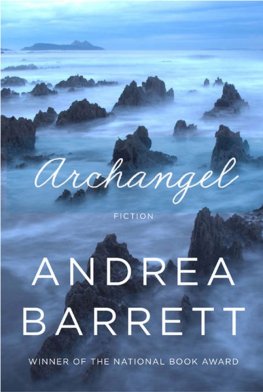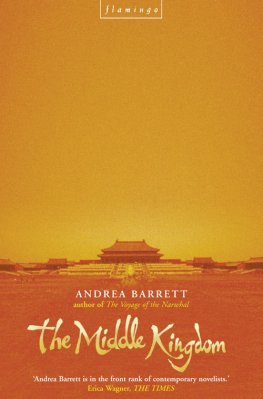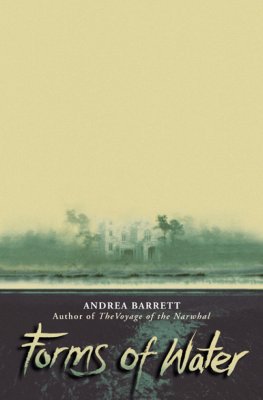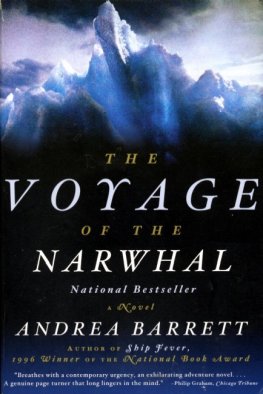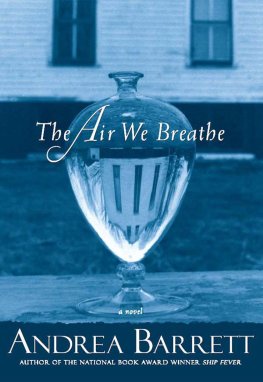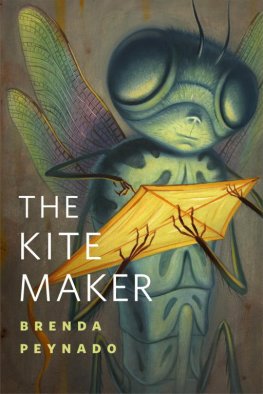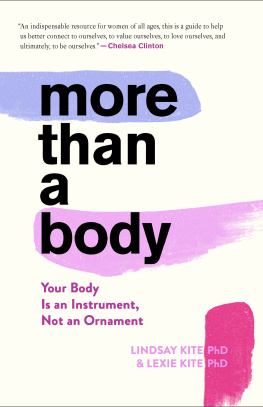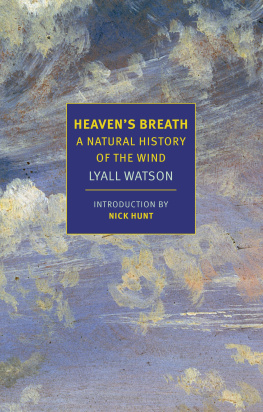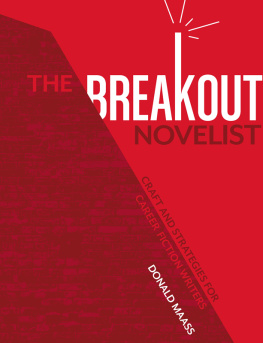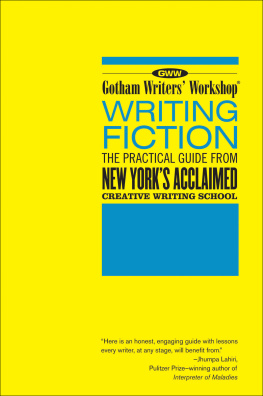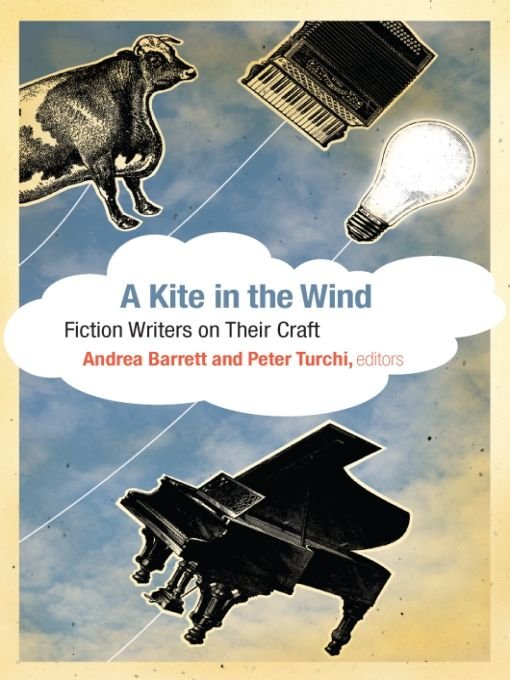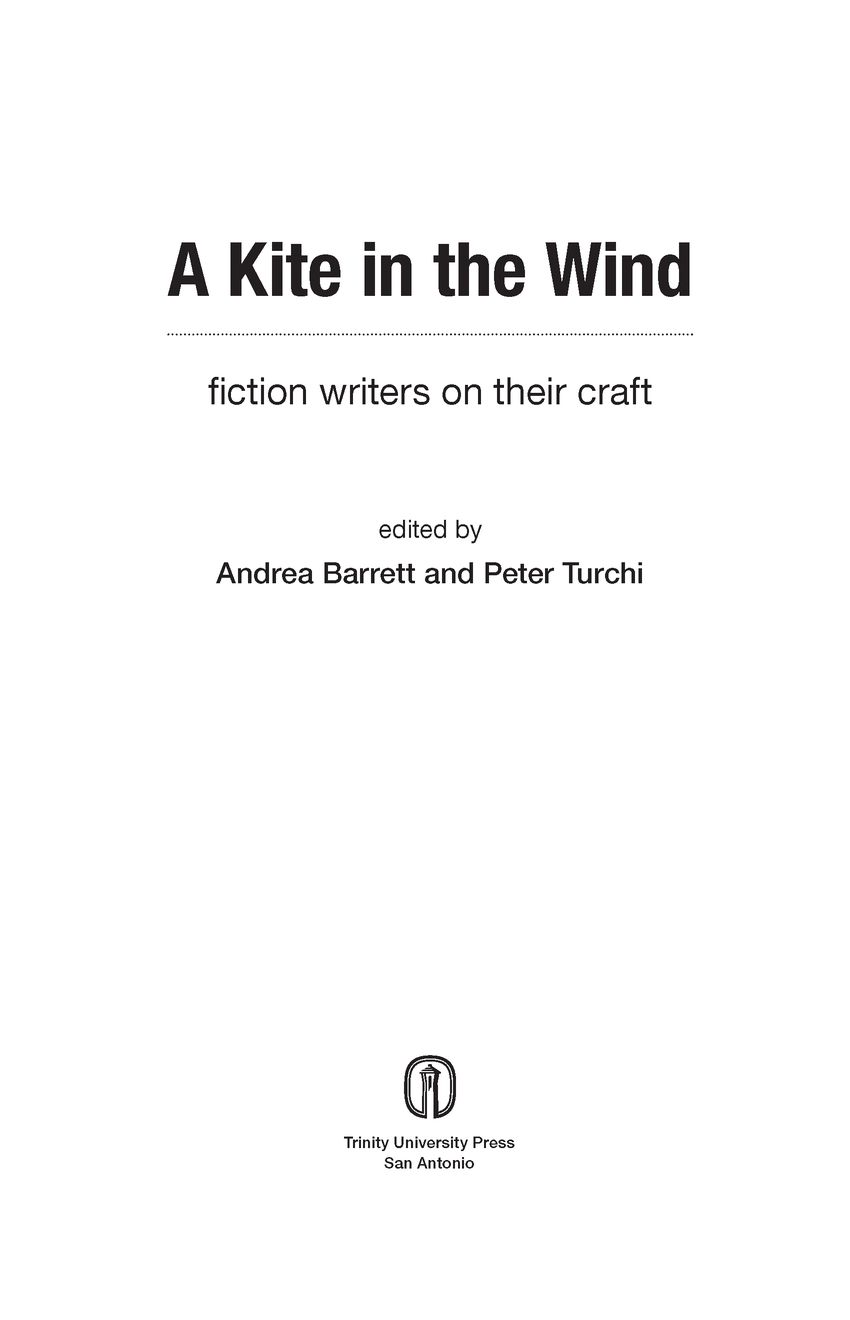Table of Contents
INTRODUCTION
What do you think of that for a kite? he said.
I answered that it was a beautiful one. I should think it must have been as much as seven feet high.
I made it. Well go and fly it, you and I, said Mr. Dick. Do you see this?
He showed me that it was covered with manuscript, very closely and laboriously written; but so plainly, that as I looked along the lines, I thought I saw some allusion to King Charles the Firsts head again, in one or two places.
Theres plenty of string, said Mr. Dick, and when it flies high, it takes the facts a long way. Thats my manner of diffusing em. I dont know where they may come down. Its according to circumstances, and the wind, and so forth; but I take my chance of that.
CHARLES DICKENS, David Copperfield
Writing fiction is, like most writing, a solitary pursuit. Finding the words, the images, the characters, the scenes, the voice, and the structure that bring a story or novel to life, and that come close to fulfilling the writers ambition for the workor, in the happiest cases, exceed that ambitionsometimes seems as improbable as life itself. In Climbing Mount Improbable, evolutionary biologist Richard Dawkins wrote,
However many ways there may be of being alive, it is certain that there are vastly more ways of being dead.... If you think of all possible ways of arranging the bits of an animal, almost all of them would turn out to be dead; more accurately theyd mostly never be born. Each species of animal and plant is an island of workability set in a vast sea of conceivable arrangements most of which would, if they ever came into existence, die. The ocean of all possible animals includes animals with their eyes in the soles of their feet, animals with lenses in their ears instead of their eyes, animals with one left wing and one right fin, animals with skulls around their stomachs and nothing around their brains. (99)
Bringing a piece of fiction to life, especially one with all the parts in the best possible place, requires preparation, patience, persistence, practice, and some combination of inspiration, intuition, and conscious manipulation. It makes perfect sense that at some point, during those long hours at the desk, or with the laptop warming ones thighs, the writer might wonder, Isnt there an easier way to do this?
Its tempting to say that the answer is no. Assuming the writer in question is interested in discovery, as opposed to mere production, the blank page, or screen, always presents new challenges. Writing one good story, even a marvelous story, is no guarantee that the author can write another as good. Having written one novel does not, as everyone in the situation quickly realizes, guarantee any kind of success with the next one.
But to some significant extent the answer is yes. That answer comes in many forms: in books and essays, in classes and private workshops, even in podcastsways in which writers tell each other, Here is something that might help. Those things might be examples, explanations, or bits of advice. Most temptingand most dangerousare rules. Rules for writing fiction are sometimes presented boldly, sometimes disguised, but boil down to the reassuring This is how you do it.
While such firm instruction can be useful to the beginner, following it dutifully ultimately leads to the sort of writing Flannery OConnor criticized when she wrote, in Mystery and Manners, So many people can now write competent stories that the short story as a medium is in danger of dying of competence. We want competence, but competence by itself is deadly. What is needed is the vision to go with it, and you do not get this from a writing class (86). Its good to be a competent driver, good to be a competent cook; but the term competent artist is an oxymoron. Part of the artists challengethe fiction writers challengeis to transcend the familiar, and simply following rules will not lead to transcendence.
What this booklike its precursor, Bringing the Devil to His Knees: The Craft of Fiction and the Writing Lifeoffers, instead, is good company for that solitary pursuit, in the form of considerations of craft by writers actively involved in exploring possibilities. While there are plenty of insights, and while there is no shortage of strongly urged advice, none of these essays began as an attempt to tell anyone how fiction should be written. They began instead as personal investigations: attempts to understand why a decision in a particular story or novel seemed successful; to define a quality or problem or subcategory that seemed either unrecognized or unsatisfactorily defined; to pass on understanding gained by experience; to understand what, despite years of experience, resisted comprehension; and to pursue haunting, perhaps even unanswerable questions. Eventually, these musings took the form of oral presentations (more about that in a moment); all were revised for print.
The contributors common denominator is that they have all taughtsome a few times, some over decadesin the Warren Wilson College MFA Program for Writers, the first low-residency program in creative writing. Founded by poet Ellen Bryant Voigt at Goddard College in 1976, the programnot only its design but also its students and facultymoved to Warren Wilson College, in Asheville, North Carolina, in 1981. From the outset, the expectation at the residencies was that, as Ellen has put it, everyonepoets and fiction writers, faculty and studentswould go to everything. (Sadly, at most colleges and universities, if one faculty member sits in on anothers class, the purpose is usually not to learn anything, or to contribute to the discussion, but rather to fill out an evaluation.) Faculty who lectured at Warren Wilson quickly adapted to this challenging audiencea combination of wonderfully talented students and a diverse group of peers with high expectationsand to the context. Instead of giving lectures theyd given a dozen times wherever else they taught, instead of passing along familiar guidelines, they created a tradition of reporting on their own investigations into aspects of the art that for one reason or another captured their interest.
Since everyone at a given lecture then goes on to a class, and then to a reading, and the next day to another lecture, more or less as a group, any one presentation is part of the larger, ten-day-long discussion; and since many of the same people return six months or a year later, the Warren Wilson lectures have become an ongoing conversation about poetry and fiction involving literally hundreds of writers. Representative essays have been published not only in Bringing the Devil to His Knees but also in Poets Teaching Poets: Self and the World and Poets Work, Poets Play: Essays on the Practice and the Art. Fiction writers on the faculty also created The Story Behind the Story: 26 Stories by Contemporary Writers and How They Work.
Like any good conversation, there is no strict logic or progression to the one that follows, but weve grouped the essays into sections for easy reference. The first concerns narration, with particular attention to various kinds of narrators and several perspectives on unreliability; the second, the strategic creation and presentation of character; the third, some of the roles of the visual, beginning with establishing setting; and the fourth, structural and organizational issues, from movement through time to the manipulation of information to create mystery and suspense.


